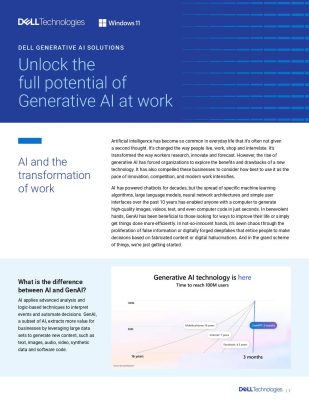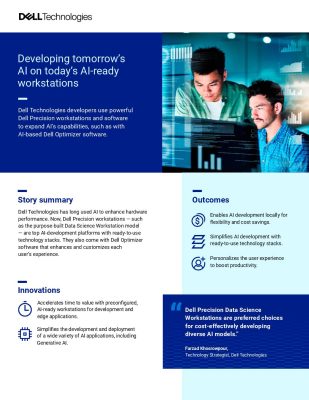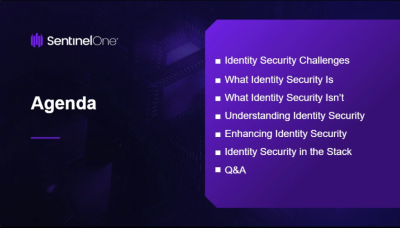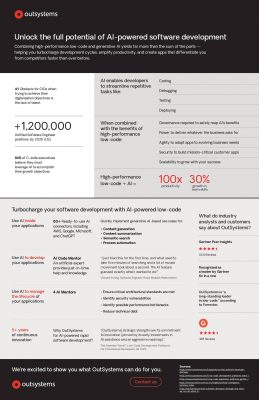Highlights:
- OpenAI launched ChatGPT Pro in December, offering premium features like the Operator task automation tool to drive profitability.
- The fivefold demand surge sources mentioned was likely driven by o3-mini, the only o3 version currently available to developers.
Recently, OpenAI confirmed surpassing 400 million weekly active users across ChatGPT and its other products, marking a 33% rise since December.
OpenAI’s Chief Operating Officer Brad Lightcap reported that the company’s paying customer base is expanding rapidly. The ChatGPT developer now has two million enterprise subscribers, doubling its count since September.
OpenAI’s ongoing user growth could facilitate its efforts to secure a reported USD 40 billion funding round. Last month, it was revealed that SoftBank Group Corp. is assisting the AI provider in attracting investors. The Japanese tech giant is anticipated to spearhead the round, committing up to USD 25 billion.
According to the report, the investment could boost OpenAI’s valuation to USD 340 billion—more than doubling its current worth.
While OpenAI’s growing user base may support its fundraising efforts, it could also pose challenges to profitability. As more users join ChatGPT, the company must invest more in hardware to keep up with demand. In September, The New York Times reported that OpenAI projected a five billion dollar loss for 2024, despite anticipated revenue of USD 3.7 billion.
OpenAI aimed to turn a profit with ChatGPT Pro, a premium version of ChatGPT launched in December. This plan includes access to the company’s Operator task automation tool and other perks. Despite being priced at ten times the cost of the second-most expensive consumer tier, OpenAI is still operating at a loss on the product.
ChatGPT Pro offers unlimited access to OpenAI’s hardware-intensive reasoning models. It also includes a deep research mode, which enhances response quality by utilizing more infrastructure. The high hardware costs associated with these features are likely a key factor in the product’s lack of profitability.
In a recent interview, Lightcap highlighted the growing demand for both ChatGPT and OpenAI’s application programming interfaces. He noted that developer traffic has doubled over the past six months, while usage of o3 has surged fivefold.
Launched in December, o3 is a large language model enhanced for reasoning tasks. To showcase its capabilities, OpenAI tested it on one of the industry’s most complex AI math benchmarks. According to the company, o3 outperformed the previous record-holder by a factor of ten.
The fivefold surge in demand that sources mentioned was likely driven by o3-mini, the only version of o3 currently accessible to developers. This scaled-down model sacrifices some output quality in exchange for faster performance and lower inference costs.
OpenAI is reportedly aiming to reach one billion weekly active users by the end of the year. During the same period, the company anticipates more than tripling its revenue to USD 11.6 billion. By 2029, OpenAI hopes to surpass USD 100 billion in sales and achieve profitability.





























































